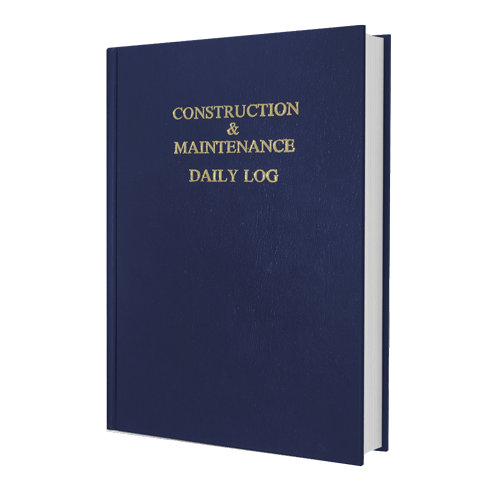Leslie E. Robertson, preeminent structural engineer and ENR’s Man of the Year in 1989, died on Feb. 11—one day before his 93rd birthday. The cause was cancer.
Robertson was world-renowned as an innovator not only for supertall structures but for all structures. “Les was a perfect architect's engineer,” says L.C. (Sandi) Pei, a partner in PEI Architects, who worked with Robertson on myriad buildings, many designed by his late father, I.M. Pei.
Robertson was in his early 30s when he first cut his teeth, as director of the New York City office of the Seattle structural firm Skilling Helle Christiansen Robertson (SHCR), on two record-tall buildings—the 1,368-ft-tall and 1,362-ft-tall towers of Lower Manhattan’s World Trade Center. When the 110-story towers, designed by Minoru Yamasaki, were finished in 1973, they stood as the tallest buildings in the world.
Robertson's association as structural engineer for the towers lasted until 2001, when they were destroyed by terrorists on 9/11.
A Genius
The late John Skilling, the SHCR principal in charge of the WTC project, “considered Les a genius,” says Jon Magnusson, current senior principal and former chairman and CEO of Magnusson Klemencic Associates, a successor firm to the Skilling organization.
The twin towers offered Robertson the opportunity to engage in pioneering research. He helped develop the first boundary layer wind tunnel and conducted the first experiments on the sensitivity of humans to the sway of buildings. He conceived the idea for a viscoelastic damper, which he developed and later patented with engineers from 3M Co. He developed a technique for calculating stack pressure in high-rises and the concept of the shaft wall partition.
In the Man of the Year article, I.M. Pei said that it was usually other architects in his firm who helped him develop the early concepts for a project (ENR 2/23/89 p. 38). But not so on the Bank of China, located in Hong Kong. "This one was for Les because he is a theoretician," said I.M. Pei.
Early on, "thinking about the project on weekends, I asked my son [Sandi] to cut four triangular, wooden sticks. I started to play with those four sticks, recognizing that as the building goes up it should taper," Pei said, in the ENR article.
Pei continued: "Instead of involving anyone in my office, I went straight to Les. I had an inkling it would make sense from a structural point of view. Les' immediate reaction was that it did. I saw the building as a series of triangles. He saw them as structure, as a superframe. That was his conception."
Sandi Pei recalls the day Robertson first saw the simple wooden stick model. “He looked at it and turned it and turned it and looked at it and basically confirmed the building could be engineered in an efficient manner,” says Sandi. “We were delighted because a building like that had never been conceived before.”
The Bank of China project unfolded in the 1980s. Robertson had been working with Pei since the late 70s. “He became the house structural engineer,” says Sandi.
At the time of his death, Robertson was with See Robertson Structural Engineers, which he cofounded with his structural engineer wife, SawTeen See. He had left SHCR in 1982 and soon founded Leslie E. Robertson Associates, where he spent much of his career.
Though he and See moved to San Mateo, Calif., last October, Robertson had lived in New York since 1963. He was born in Southern California. And as he had always considered himself a “terrible student,” he dropped out of high school at age 16 to join the Navy, not too long "before the German surrender" in 1945, he said in the ENR profile.
After his tour of duty, spent as an electronics engineer, he got into the University of California at Berkeley by examination and majored in electrical and civil engineering. Again, a "terrible" student, he said. "I'm good at concepts but bad at formulas."
While "he doesn't remember numbers, he can visualize very well," added See, in the ENR profile.
Anti-war Activist
The days at Berkeley—with its activism and intellectual challenges—influenced Robertson. "It taught me a lot about broader goals, personal freedoms and people," he said. In the 80s and beyond, he was active in Architects/Designers/Planners for Social Responsibility, a group that educated the public about the danger of nuclear war.
After college, he worked for several firms before finding his way to Seattle to the firm then called Worthington-Skilling and later renamed SHCR.
Robertson received numerous accolades and awards over his long career. One of his extracurricular activities was as chairman of the Council on Tall Buildings & Urban Habitat, from 1985-90.
“It’s fair to say that there was likely not a more-liked chairman, or someone with more longevity of involvement, than Les,” says Antony Wood, the group’s CEO.
“Les Robertson was an omnipresent force at almost all CTBUH conferences and other activities for almost 50 years,” adds Wood. “To say he will be missed is, quite literally, a towering understatement.”






